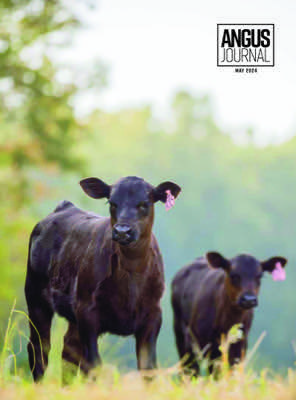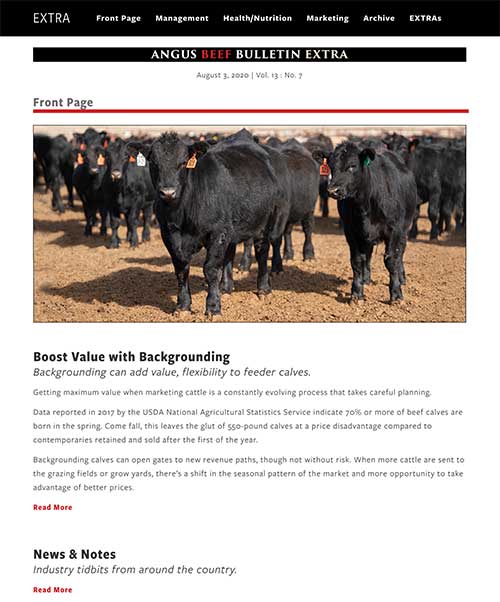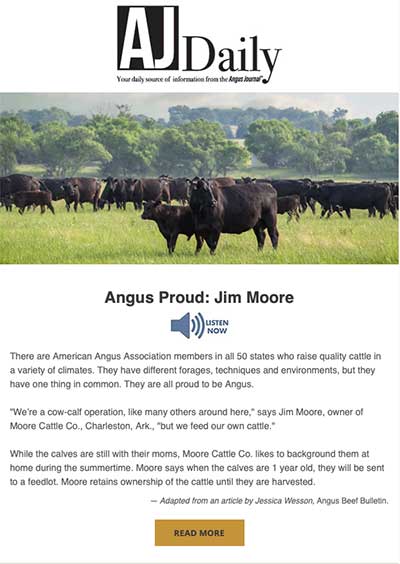AMERICAN ANGUS ASSOCIATION - THE BUSINESS BREED
Advertising

Share your message with cattle producers by advertising through print, television and digital media.
View All AdvertisingMarketing Services

Let Angus Media manage your next project to ensure your marketing message is spot on, every time.
View All ServicesNews

Your Story
Tips for branding and marketing your seedstock business.
Contact

Our Mission : "At Angus Media, our mission is to increase demand for registered Angus cattle by providing information, education and integrated marketing solutions."
Contact Us






